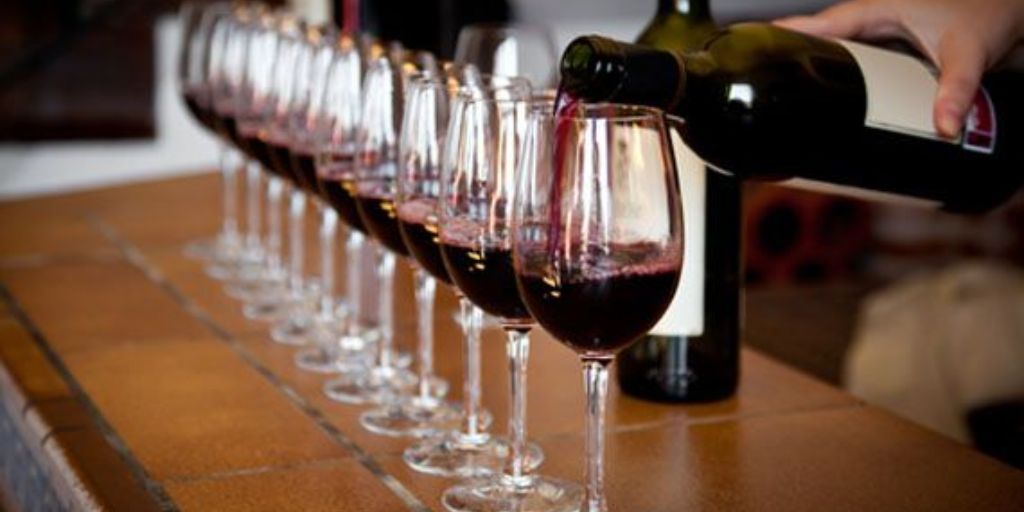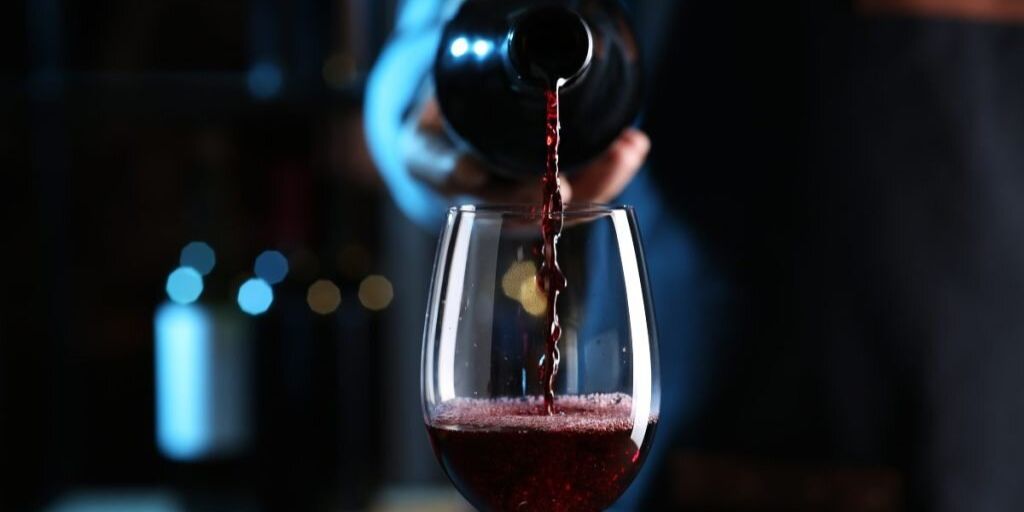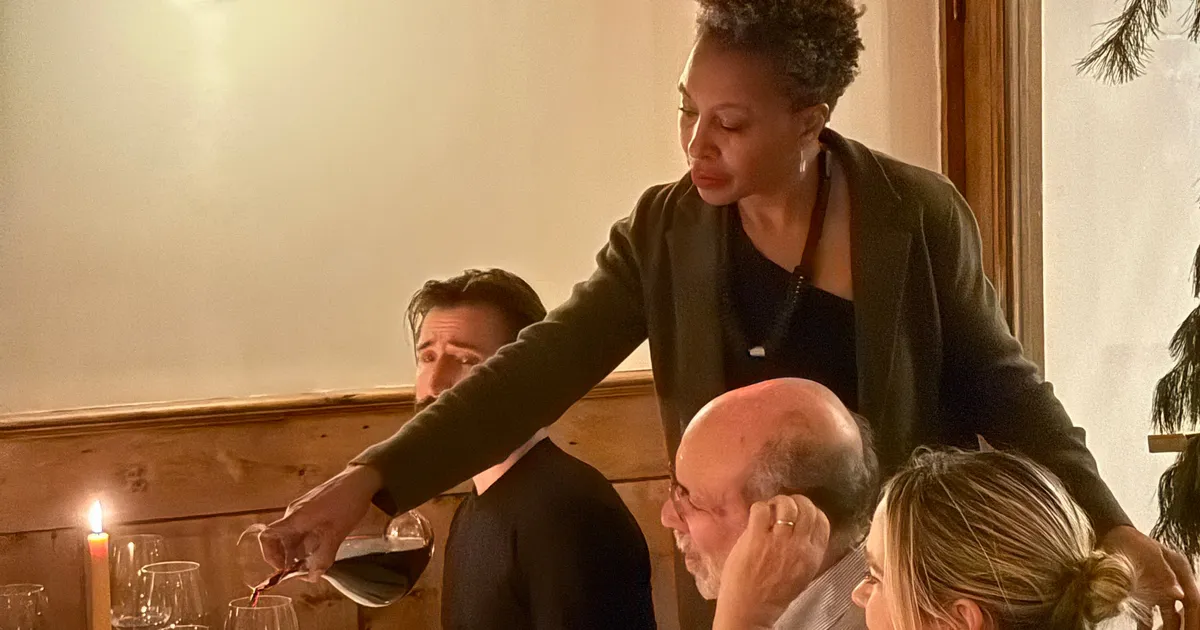Serving wine at the correct temperature can dramatically impact its aroma, flavor, and overall enjoyment. While it’s easy to focus on the label, grape variety, or vintage, temperature often gets overlooked. Yet it’s one of the simplest ways to bring out the best in any bottle, whether you’re pouring a crisp white, a bold red, or a delicate sparkling wine.
In this guide, we’ll explain why temperature matters, break down the ideal ranges for different wine styles, and offer practical tips for serving wine perfectly every time.
Why Temperature Matters
Wine is a complex blend of flavors, aromas, and textures that react to temperature changes. Serving wine too warm can make it taste flat, overly alcoholic, or unbalanced, while serving it too cold can mute its aromas and flavors.
-
Too Cold: Chilling a wine excessively can suppress its aroma and make its structure seem tighter or harsher. For reds, this can accentuate tannins and acidity; for whites, it can hide the fruitiness.
-
Too Warm: On the other hand, warmth intensifies alcohol perception and can cause a wine to taste flabby or soupy, losing its definition.
Getting the temperature right ensures that the wine shows its full character, delivering the intended experience the winemaker crafted.
Ideal Temperatures by Wine Type
-
Sparkling Wine and Champagne: Serve at 40–50°F (4–10°C)
Sparkling wines need to be well-chilled to maintain their bubbles and crispness. Serving Champagne, Prosecco, or Cava too warm can result in foamy overflow and dull flavors. Aim for closer to 40°F for casual sparkling wines and around 50°F for high-quality vintage Champagnes to allow more aromatic complexity.
-
Light-Bodied White Wines and Rosé: Serve at 45–50°F (7–10°C)
Wines like Sauvignon Blanc, Pinot Grigio, Albariño, and dry rosés shine when chilled. This range preserves their freshness and sharp acidity while keeping fruit flavors bright and inviting.
-
Full-Bodied White Wines: Serve at 50–55°F (10–13°C)
Oaked Chardonnay, Viognier, and other fuller whites benefit from slightly warmer temperatures, which help reveal layered textures and subtle oak or spice notes. Too cold, and these wines may seem dull and overly acidic.
-
Light-Bodied Red Wines: Serve at 50–60°F (10–15°C)
Think Pinot Noir, Gamay (Beaujolais), and some Grenache-based wines. Slightly cooler than room temperature, these wines gain brightness and showcase their delicate fruit and floral notes.
-
Medium- to Full-Bodied Red Wines: Serve at 60–65°F (15–18°C)
Wines like Cabernet Sauvignon, Merlot, Syrah, Malbec, and Zinfandel are best enjoyed at what’s traditionally called “cellar temperature.” Modern indoor environments are usually warmer than this ideal, so a brief chill in the fridge (15–20 minutes) before serving can often bring them into the right zone.
-
Dessert Wines: Serve at 40–50°F (4–10°C)
Sweet wines like Sauternes, Port (white or tawny), and late-harvest Rieslings are best served chilled to balance their sweetness and maintain freshness.
Tips for Getting It Right
-
Don’t Rely on Room Temperature: The old rule to serve red wine at “room temperature” comes from an era when rooms were cooler (around 60–65°F). Modern homes often hover around 70–75°F, which is too warm for most reds.
-
Refrigerator Guide: A standard fridge runs around 35–40°F. To avoid over-chilling:
-
Chill sparkling wine for about 3 hours.
-
Chill whites and rosés for 1.5–2 hours.
-
Chill reds for about 30 minutes.
-
-
Quick Chill Method: In a rush? Place the bottle in an ice bucket with water and a handful of salt (which lowers the freezing point) for 15–20 minutes. This works faster than the fridge alone.
-
Warming Up: If a wine is too cold, simply let it sit at room temperature for 10–15 minutes. Swirling the wine in your glass can also help it warm slightly and open up.
Using a Wine Thermometer
For precision, a wine thermometer can take the guesswork out of serving. Clip-on versions fit around the bottle, while digital probes can check a poured glass. While not essential for casual drinking, they’re handy if you want to be exact—especially for special occasions or expensive bottles.
How Temperature Affects Taste
-
Acidity: Cooler temperatures enhance a wine’s acidity, making whites and rosés taste fresher and crisper.
-
Tannins: Warmer temperatures soften tannins in red wines, making them seem smoother and fuller.
-
Fruit Flavors: As wine warms, fruit flavors become more pronounced. Too much warmth, however, can tip the balance toward flabbiness and emphasize alcohol.
-
Aromatics: Serving aromatic wines like Riesling, Gewürztraminer, or aged Bordeaux at their ideal temperature lets you enjoy their nuanced bouquets to the fullest.
Glass Temperature Matters Too
Remember that the glass itself can influence serving temperature. A warm glass can raise the wine’s temperature quickly, while a chilled glass can overcool it. For best results, ensure your glass is at or near room temperature (unless you’re intentionally chilling it for a refreshing summer pour).

Storage Considerations
Proper serving starts with proper storage. Wines should be kept at a consistent temperature, ideally around 55°F (13°C), away from heat and light. Storing wine too warm over time can cause premature aging, while too cold can risk cork damage if it freezes.
Final Thoughts
Serving wine at the right temperature is a small but powerful way to elevate your wine-drinking experience. Whether you’re hosting a dinner party or enjoying a quiet glass at home, taking a few minutes to chill (or warm) your wine properly ensures every sip delivers its full expression. With a little practice, you’ll instinctively know how to bring out the best in every bottle.


